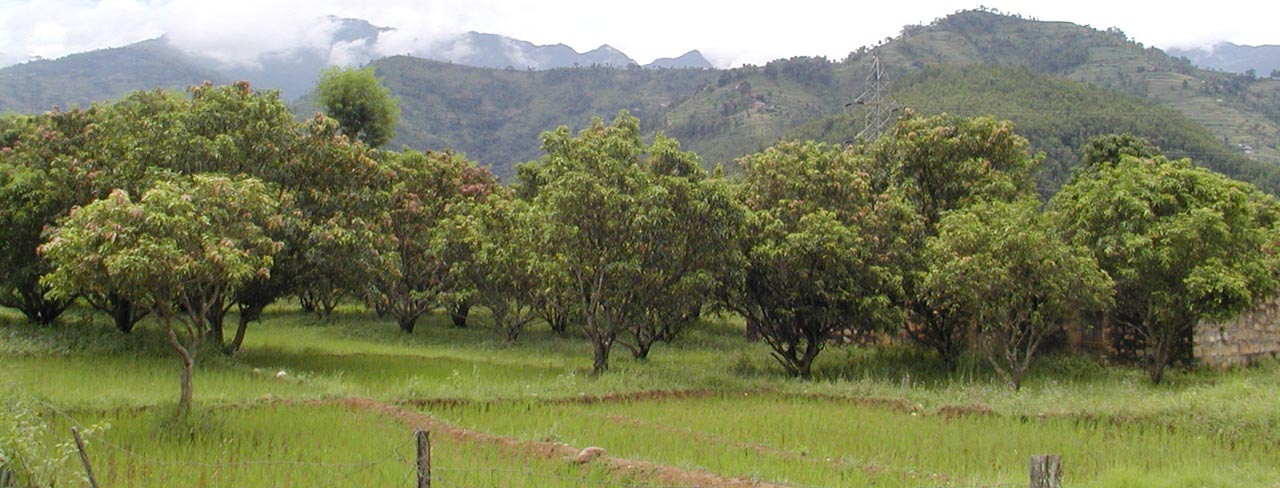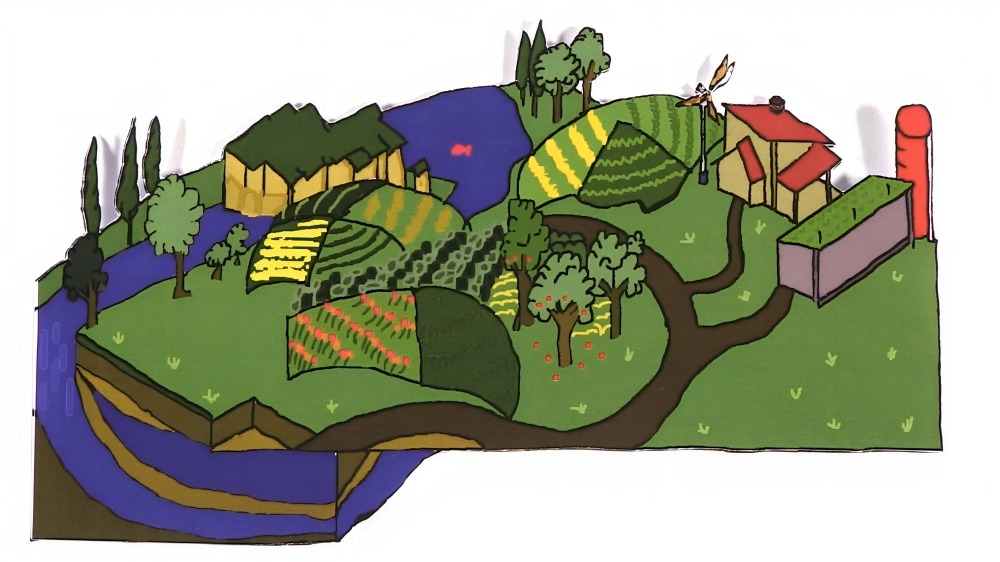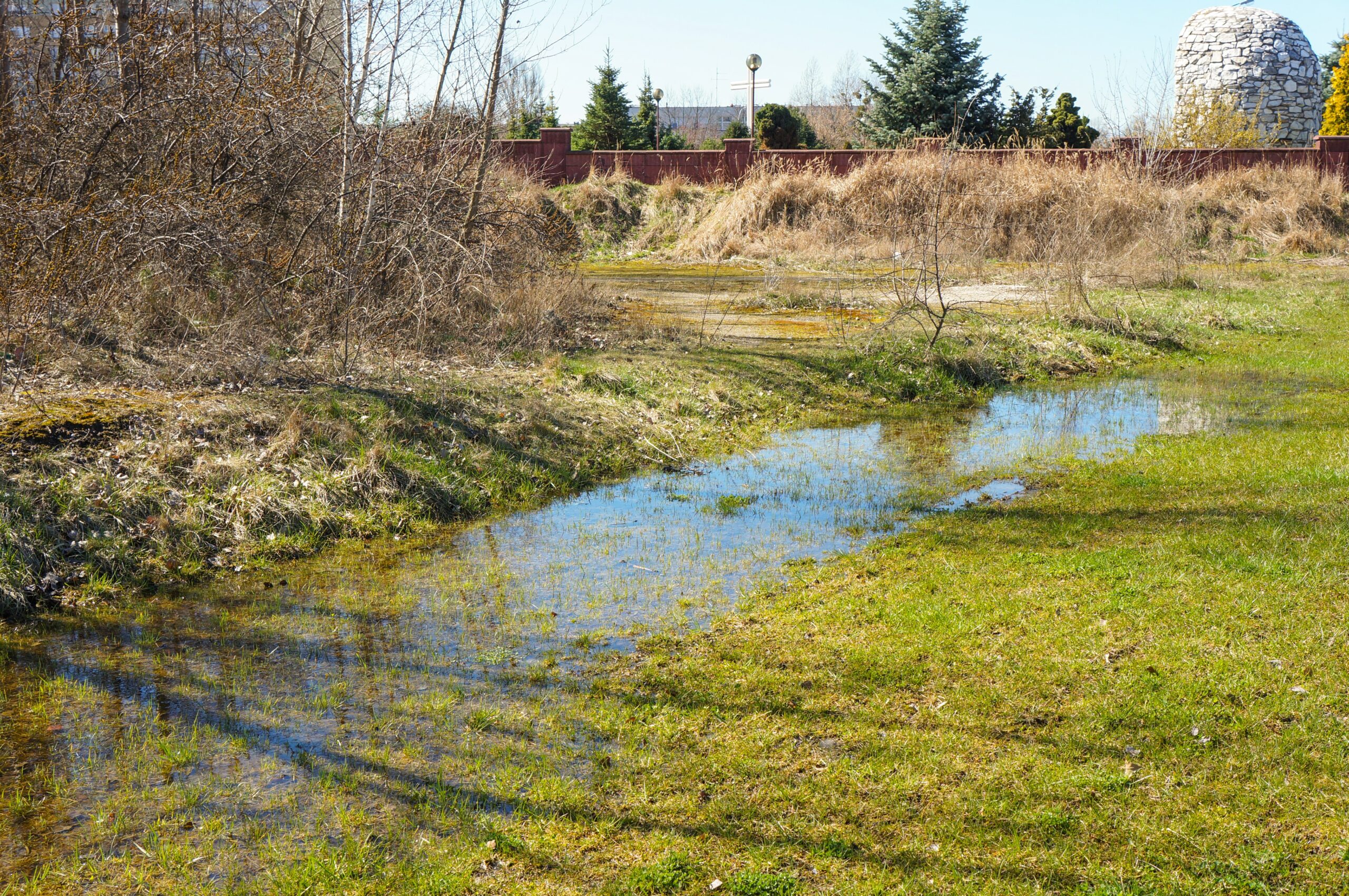Image: Culvert under the railway line by John Baker, CC BY-SA 2.0
What is a Culvert?
Alright, first things first. What is a culvert? Well, picture this: you’re driving down a scenic highway, and suddenly, you see a bridge-like structure underneath the road. Yep, that’s a culvert! These clever contraptions are designed to guide water past any obstacles or even direct it into an underground waterway. Pretty cool, right?
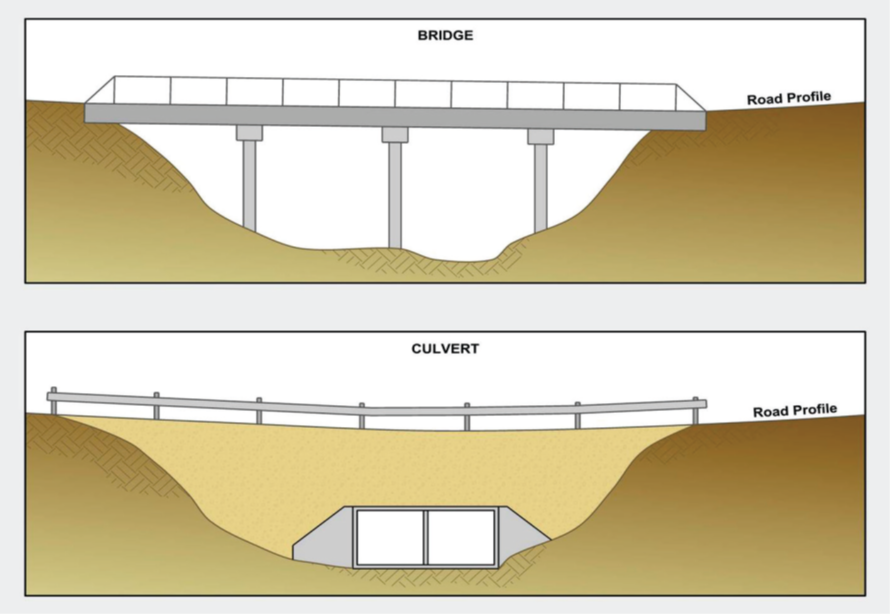
You might wonder why we even need these culvert systems. Well, imagine if there were no culverts – heavy rainfalls and floods could wreak havoc on our roads and railways, making travel a nightmare. You can imagine the recent flood in Northeast in USA. Culverts come to the rescue by providing a way for water to flow naturally, without interfering with our precious transportation routes, channeling water past obstacles or directing it to subterranean waterways. They’re often used under roadways or railways to provide cross drainage.
These water-guiding wonders are particularly useful in rural areas, where there might be streams, rivers, or small water bodies intersecting roads or railways. Instead of trying to build a costly bridge over every watercourse, engineers wisely opt for culverts to keep costs down.
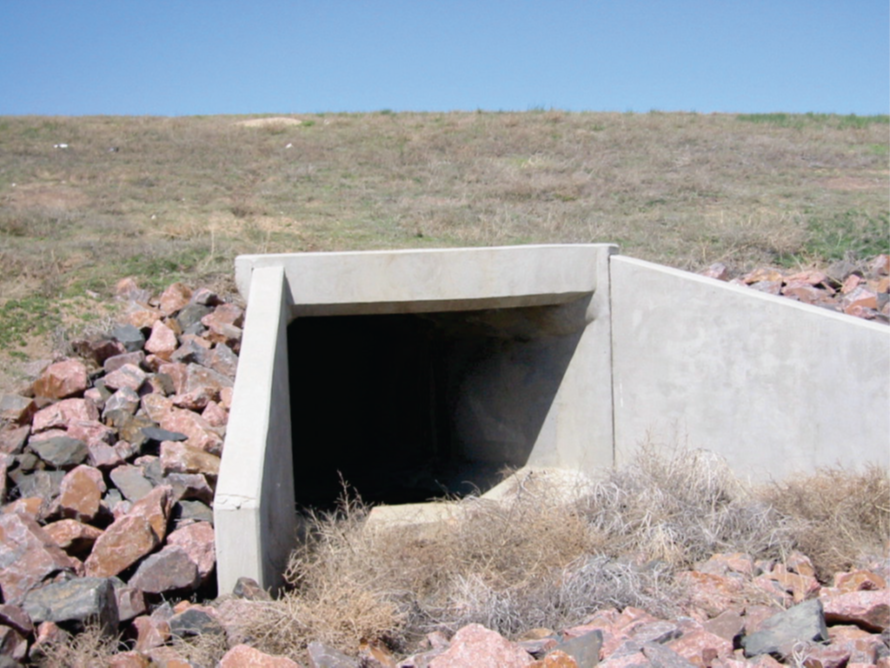
Now, let’s get into some specifics. Culverts come in various shapes and sizes, depending on the unique demands of each location. You’ll find circular culverts, box culverts, and even pipe arch culverts – each with its strengths and purposes.
One thing you might not know is that culverts are not just random metal or concrete tubes thrown under roads. Oh no! They undergo careful planning, engineering, and installation to ensure they do their job effectively and stand the test of time. So next time you pass a culvert, give it a nod of appreciation for its hard work and dedication to keeping our roads and railways safe and dry.
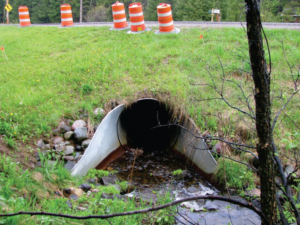
As a blogger, I find it intriguing how such seemingly small components play a vital role in the grand scheme of things. Culverts, while not the most captivating of subjects, hold undeniable importance in ensuring the smooth functioning of our infrastructure!
Recent Flood in US
As you may know, the Northeast has been hit by some serious flooding in recent months. In some cases, culverts have been overwhelmed by the amount of water, causing flooding on roadways and railways. This has led to transportation disruptions and safety hazards.
The importance of culverts in preventing flooding cannot be overstated. Culverts help to ensure that water can flow freely, preventing it from backing up and causing flooding. When culverts are properly sized and maintained, they can help to protect communities from the devastating effects of flooding.
In the wake of the recent flooding, it’s important to assess the condition of culverts in our communities. Culverts that are undersized or damaged can be a major liability. By taking steps to ensure that our culverts are in good condition, we can help to prevent future flooding and protect our communities.
I hope this gives you a better understanding of culvert systems and their importance in preventing flooding.
Theory Of Culvert Systems
When engineers analyze culvert systems, they’re usually trying to make one or more of the following basic determinations:
Determine the size, shape, and number of new or additional culverts required to pass a design discharge.
Predict the hydraulic capacity of an existing culvert system under some allowable headwater elevation.
Predict the upstream flood level at an existing culvert system resulting from some check discharge or other discharge magnitude of special interest.
Develop hydraulic performance curves for a culvert system for assessing hydraulic risk at a crossing or as input to another hydraulic or hydrologic model.
A roadway cross-drainage culvert system is typically designed to safely carry flood flows from one side of the road to the other.
I hope this gives you a better understanding of culvert systems and how they’re analyzed.
Culvert Hydrology
Hydrology is the study of water. In the context of culverts, hydrology is about how water flows through a watershed and into a culvert system. The hydrology of a culvert system is determined by the size and shape of the watershed, the amount of rainfall in the watershed, and the type of soil in the watershed.
The magnitude of the design and check flows is computed using an accepted hydrological method. Some common hydrological methods include:
- The rational method
- The SCS (Soil Conservation Service) Peak method
- The application of a state regression equation
- Other suitable methodologies
The rational method is a simple method that is often used for small watersheds. The SCS Peak method is a more complex method that is often used for larger watersheds. The application of a state regression equation is a method that uses data from a particular state to estimate the magnitude of design and check flows.
The hydrology of a culvert system is an important consideration in the design and maintenance of culverts. By understanding the hydrology of a culvert system, engineers can ensure that culverts are sized appropriately and that they can safely handle the amount of water that flows through them.
Culvert Hydraulics
It is the study of how water flows through culverts. A culvert consists of one or more barrels along with associated headwalls, wingwalls, and/or other types of end treatments, which function to convey the flow of water through a roadway embankment.
Obtaining an accurate solution for culvert hydraulics represents a challenging computational task. Culverts often act as significant constrictions to flow and are subject to a range of flow types, including both rapidly varied and gradually varied flow. The mix of flow conditions and the highly transitional nature of culvert hydraulics make finding a solution difficult. Therefore, the accepted approach is to simplify the hydraulics problem and solve the culvert using two different assumptions of flow control:
Inlet control assumption:
This computes the upstream energy grade or headwater depth resulting from the constriction effect at the culvert entrance while neglecting the culvert barrel friction and other minor losses.
Outlet control assumption:
This computes the upstream headwater depth using conventional hydraulic methodologies that consider the predominant losses due to the culvert barrel friction, as well as the minor entrance and exit losses.
These two assumptions help in tackling the complexities of culvert hydraulics and provide practical solutions for engineering applications.
Culvert Roadway Overtopping
Roadway Overtopping is basically when water flows over a roadway embankment if the total capacity of the culvert(s) is exceeded. These overtopping flows are analyzed using weir hydraulics.
Please note that the term “overtopping flows” refers to water flowing over the top of the embankment or culvert(s) due to exceeding their capacity. The phrase “weir hydraulics” indicates the method used to study and understand these flows.
Roadway overtopping can be a serious problem, because it can cause flooding, erosion, and damage to the roadway. It can also be dangerous for motorists and pedestrians.
There are a few things that can be done to prevent roadway overtopping. One is to make sure that the culverts are big enough to handle the amount of water that’s likely to flow through them. Another is to install a weir on the roadway embankment. A weir is a structure that helps to control the flow of water over the embankment.
Tailwater
Tailwater is the water that’s downstream from a culvert. It can be a natural stream, an improved channel, or even just a low-lying area.
The hydraulic response of the downstream discharge areas affects the capacity of the total culvert system. This means that the amount of water that can flow through a culvert is not just determined by the size of the culvert, but also by the depth of the tailwater.
There are two ways to analyze tailwater:
- Uniform flow assumptions. This method assumes that the water in the downstream discharge areas is flowing at a constant velocity.
- Separate floodplain analyses. This method takes into account the actual shape of the downstream discharge areas and the way that the water flows through them.
The method that is used to analyze tailwater depends on the specific circumstances. However, both methods can be used to determine the capacity of the total culvert system and to ensure that the culverts are sized appropriately.
Conclusion
In conclusion, culverts are vital infrastructure components that guide water flow beneath roads and railways, preventing flooding and ensuring safe travel. They come in various shapes and sizes, engineered for specific locations to keep costs down. Recent floods underscore the importance of maintaining and sizing culverts correctly. Hydrology and culvert hydraulics play crucial roles in system analysis. Tailwater considerations are essential to ensure proper functioning. Culverts may seem unremarkable, but they are indispensable guardians, safeguarding our communities. So, next time you see a culvert, remember its hard work in keeping our roads and railways safe and dry.
Reference
- All images are sourced from the U.S. Department of Transportation Federal Highway Administration
- Read more about the Culvert guidelines in “U.S. Federal Highway Administration’s Hydraulic Design of Highway Culverts, third edition“.
Related Blogs
Frequently Asked Quesions (FAQs)
What is a culvert?
A culvert is a structure designed to guide water past obstacles, such as roads or railways, and sometimes direct it into an underground waterway. It can be thought of as a bridge-like structure located underneath roads.
Why are culvert systems necessary?
Culvert systems are crucial for preventing floods caused by heavy rainfalls. Without culverts, roads and railways could be severely affected by flooding, disrupting travel and causing safety hazards.
How do culverts prevent flooding?
Culverts provide a pathway for water to flow naturally, allowing it to pass under roads and railways without causing damage. They channel water past obstacles and direct it into subterranean waterways, preventing it from backing up and causing floods.
What types of culverts are there?
Culverts come in various shapes and sizes, including circular culverts, box culverts, and pipe arch culverts. Each type has its own strengths and purposes, tailored to the specific needs of different locations.
How do culverts contribute to infrastructure?
Culverts play a vital role in maintaining smooth transportation routes by ensuring safe water passage under roads and railways. They prevent flooding and protect communities from the devastating effects of excessive water.
What is the impact of recent floods on culverts?
Recent floods, such as those in the US Northeast, have demonstrated the importance of properly maintained and sized culverts. Overwhelmed culverts can lead to transportation disruptions and safety hazards.
What is the theory behind culvert systems analysis?
Engineers analyze culvert systems to determine factors like the size, shape, and number of culverts needed to handle specific water flows. They also predict the hydraulic capacity of existing systems and develop performance curves for assessing hydraulic risk.
What role does hydrology play in culvert systems?
Hydrology involves studying how water flows through watersheds and into culvert systems. It considers factors such as watershed size, rainfall, and soil type to determine water flow patterns and culvert sizing.
How is culvert hydraulics studied?
Culvert hydraulics focuses on how water flows through culverts. Engineers use assumptions of inlet and outlet control to simplify the complex flow conditions within culverts and find practical solutions for engineering applications.
What is roadway overtopping in relation to culverts?
Roadway overtopping occurs when water exceeds the capacity of culverts, leading to water flowing over road embankments. This can cause flooding, erosion, and damage to roadways, posing risks to motorists and pedestrians.
What is tailwater in a culvert system?
Tailwater refers to the water downstream from a culvert. It affects the overall capacity of the culvert system, influencing how much water can flow through the culvert. Different methods, including uniform flow assumptions and separate floodplain analyses, are used to analyze tailwater.
How should culverts be maintained and sized?
Culverts should be properly maintained to prevent flooding and damage. They should also be sized appropriately based on factors like hydrology, tailwater considerations, and the specific location’s needs.
What is the significance of culverts in our communities?
Culverts, despite their seemingly unremarkable appearance, play a vital role in safeguarding our communities. They ensure safe travel, prevent flooding, and contribute to the proper functioning of infrastructure.
How can I learn more about culvert guidelines?
You can refer to the “U.S. Federal Highway Administration’s Hydraulic Design of Highway Culverts, third edition” for more detailed guidelines and information on culvert design and analysis.


